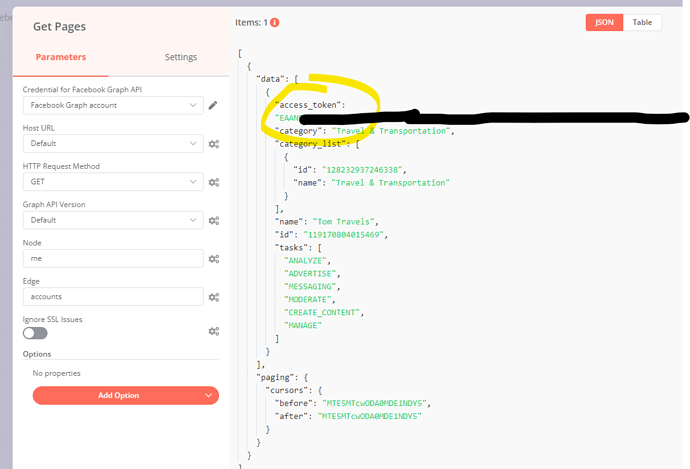Install Apache on CentOS 7 | Liquid Web
- Install Apache:
- First, clean-up yum:
sudo yum clean all - As a matter of best practice we’ll update our packages:
sudo yum -y update - Installing Apache is as simple as running just one command:
sudo yum -y install httpd
- First, clean-up yum:
- Allow Apache Through the Firewall
- Allow the default HTTP and HTTPS port, ports 80 and 443, through firewalld:
sudo firewall-cmd --permanent --add-port=80/tcpsudo firewall-cmd --permanent --add-port=443/tcp - And reload the firewall:
sudo firewall-cmd --reload
- Allow the default HTTP and HTTPS port, ports 80 and 443, through firewalld:
- Configure Apache to Start on Boot
- And then start Apache:
sudo systemctl start httpd - Be sure that Apache starts at boot:
sudo systemctl enable httpd
- And then start Apache:
- Other useful commands for Apache
- To check the status of Apache:
sudo systemctl status httpd - To stop Apache:
sudo systemctl stop httpd
- To check the status of Apache:
